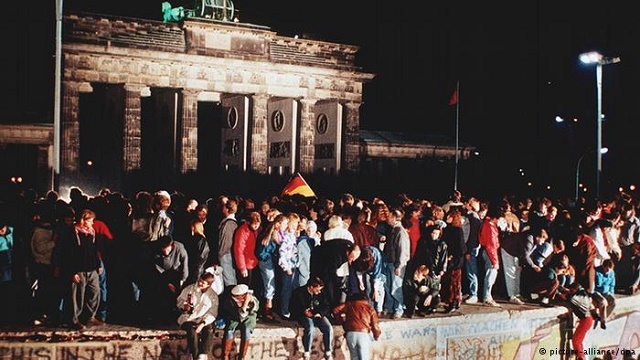The Iron Curtain was a barrier between social, economic, and political groups in Europe after the end of the Second World War. It began to lose its sturdiness over time, especially in the very late 1980s. Its fall was rooted in the events leading to Germany becoming unified. Even those who have never heard the term before are probably somewhat familiar with the Iron Curtain by way of the Berlin Wall.
In 1989, fences still lined the boundaries between the once-unified Austria and Hungary. They were eventually taken down at the behest of government officials, though not entirely for the expected reasons. It actually did not have so much to do with the Iron Curtain as it did with the fact that they had suffered a great deal of weather damage and it would be costly to fix them. The press made a grand show of the event, much to East Germany’s chagrin. The move led to a temporary opening between borders and what was known as the Pan-European Picnic, the DW Media Center reports.
The opening of borders led to some controversy. East Germany was not happy about it, but it also turned out that many East German citizens were not happy with East Germany. The relaxation of borders was another giant blow to the Iron Curtain, as hundreds of residents of East Germany decided to flee national boundaries and leave Communism behind them. They could have been massacred for what would have been considered treasonous at the time, but luckily the border patrol was ordered to leave them be.
The migration snowballed quickly over the next four months. It had begun with just a few hundred in mid-August, but by the start of November there had been over fifty thousand citizens who made the exact move. The Iron Curtain was tearing asunder, and fast. It became clear quite quickly that the citizens of the region would not tolerate divisive borders. Thus, on the 9th of November, the Berlin Wall became no more.
The Iron Curtain went down with the wall. What started as the dissembling of a simple fence grew into the destruction of a massive symbol of national division which had stood for decades. Many saw the dismantling of the Berlin Wall as a sign that Communism itself was coming to a close. Whether or not that was true, the Iron Curtain had risen and revealed a populace that was ready for world peace.
